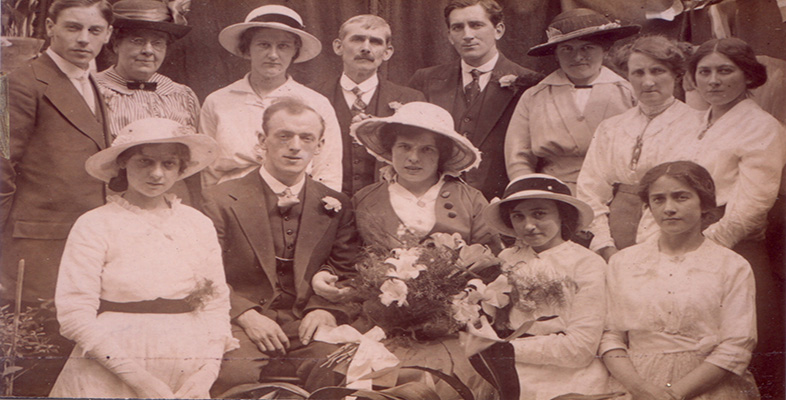Activity 3
Various stock types of difficult sitter recur in the literature. Painters, of course, posed the biggest threat. Other difficult customers included those accompanying sitters: the gentleman with the lady, the mother with the child, the owner with the pet.
Activity 3a
Why did painters pose the biggest threat?
Answer
Painters could challenge a photographer's authority because photography had usurped the rhetoric of painting. Painters could therefore challenge a photographer's artistic judgement because they were familiar with the arguments and the attendant practical difficulties. Painting was also perceived as a superior art form because painters worked from the imagination.
Activity 3b
What's the significance of the gentleman, the mother and the pet owner in this context?
Answer
These people were, in contexts outside the studio, normally seen to be in control of the sitter. They were, potentially, more likely to challenge the photographer's decisions in order to maintain their position of control within the studio.
Early photographers were concerned with achieving recognition for their ‘mechanically produced portraits’ and social status for their ‘profession’ by conforming as closely as possible to the existing rhetoric of painted portraiture. Photographers incorporated existing ideas about idealization, characterization and sexual stereotyping into their own professional rhetoric. They also attempted to represent themselves as able to exercise total control over the sitter in order to establish authorship of the photograph.
Let's now turn from the ideology of portrait photography to examine the practices employed by photographers to carry these ideas into effect. You'll look at the specific elements that constitute the portrait – facial expression, pose, background and lighting – and explore how notions of idealization and characterization influenced their treatment.
